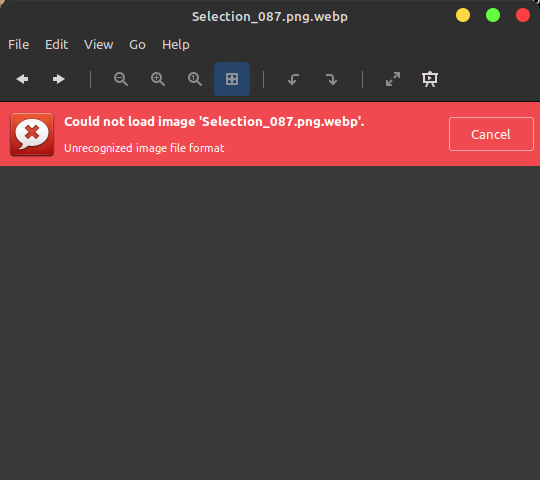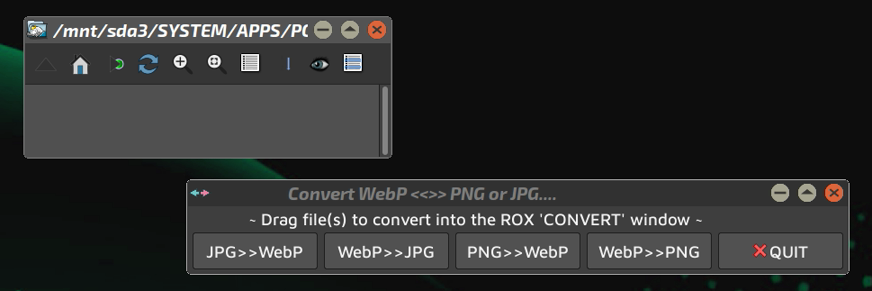Well, this is what I get for being offline for a while...
Also being inherently lazy, I have , on occasion, changed the name webp in properties to .jpeg or .jpg......and it has worked.
I tried this and I couldn't make it work. I even renamed it the original extension. That could just be something on my end. I just couldn't make it work for me. I found a way to accomplish what I wanted to accomplish, but figured it'd be nice to have the default editor actually support WebP in the future.
Worth noting...Linux.org does not support that image format either
I am not surprised. My site requires an extension to do this and I do so to save bandwidth. I don't have a lot of graphics, but I like to save bandwidth when I can. It also should, at least in theory, load faster.
Just as a matter of interest, I just checked in my Linux Mint and so far about a dozen of my Image Viewers open .webp images.
Yup. That's why this article is about the default image viewer. XnView opens pretty much everything if you're curious. Shutter, the app I use to edit images 'cause I only do basic editing, also wouldn't work with them. I could have probably done that in XnView as well.
but wouldn't a web browser display them(?).
Yes, that's in the article.
In Chromium, probably other browsers, there is an extension called "Save Image as Type."
Yup, that's an option. It's probably among the better options, but where's the fun in that?!?
It's been in existence for years, yet it's only in the last 2-3 years that more than a handful of web-developers have begun to adopt it full-time.
I suspect it'll become more popular as time passes. It's really easy to set up. I actually generate .png images and I have added an extension to WordPress that does all the work for me. It may not seem like it saves much bandwidth, but all those little images add up.
It probably saves me an extra few hundred MB each month. I want the site to load relatively quickly, so I pay another company to provide CDN services. The lighter images mean lower CDN costs. I like using the CDN, which basically means when you visit my site you're viewing a cached version that's geographically close to you, or at least closer than it would be if I just had the server in the US.
There... I think I responded to everyone that said something that should have a response.

 linux-tips.us
linux-tips.us





